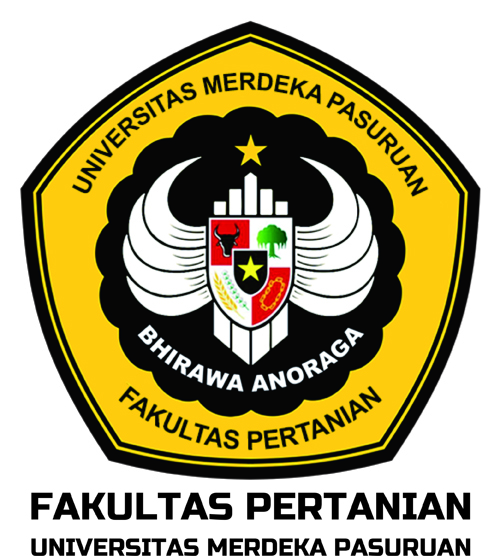Focus and Scope
Jurnal Agroteknologi Merdeka Pasuruan (JAMP) is a scientific journal that publishes research results and reviews the field of agrotechnology. The fields of agricultural science include agronomy and horticulture, crop production, plant biotechnology, plant microbiology, plant breeding, soil science, geographic information systems (GIS), crop protection, post-harvest handling, and soilless cultivation/hydroponics system. Editors accept articles that have never been published in other scientific media in a format according to the template and writing instructions. The article review process is carried out by experienced editors and reviewers according to their field of knowledge.
Section Policies
Prodi Agroteknologi
Articles
Editors- Fajar Hidayanto
Publication Frequency
Jurnal Agroteknologi Merdeka Pasuruan is a journal in the field of agricultural technology published twice a year: June and December
Open Access Policy
This journal provides immediate open access to its content on the principle that making research freely available to the public supports a greater global exchange of knowledge.
Author Fees
Starting from June 2025 (Volume 9 No. 1, 2025), Jurnal Agroteknologi Merdeka Pasuruan will apply an Article Processing Charge (APC). The APC price is IDR 175.000 for all accepted papers and will be freely available to all readers with worldwide visibility and coverage.


















